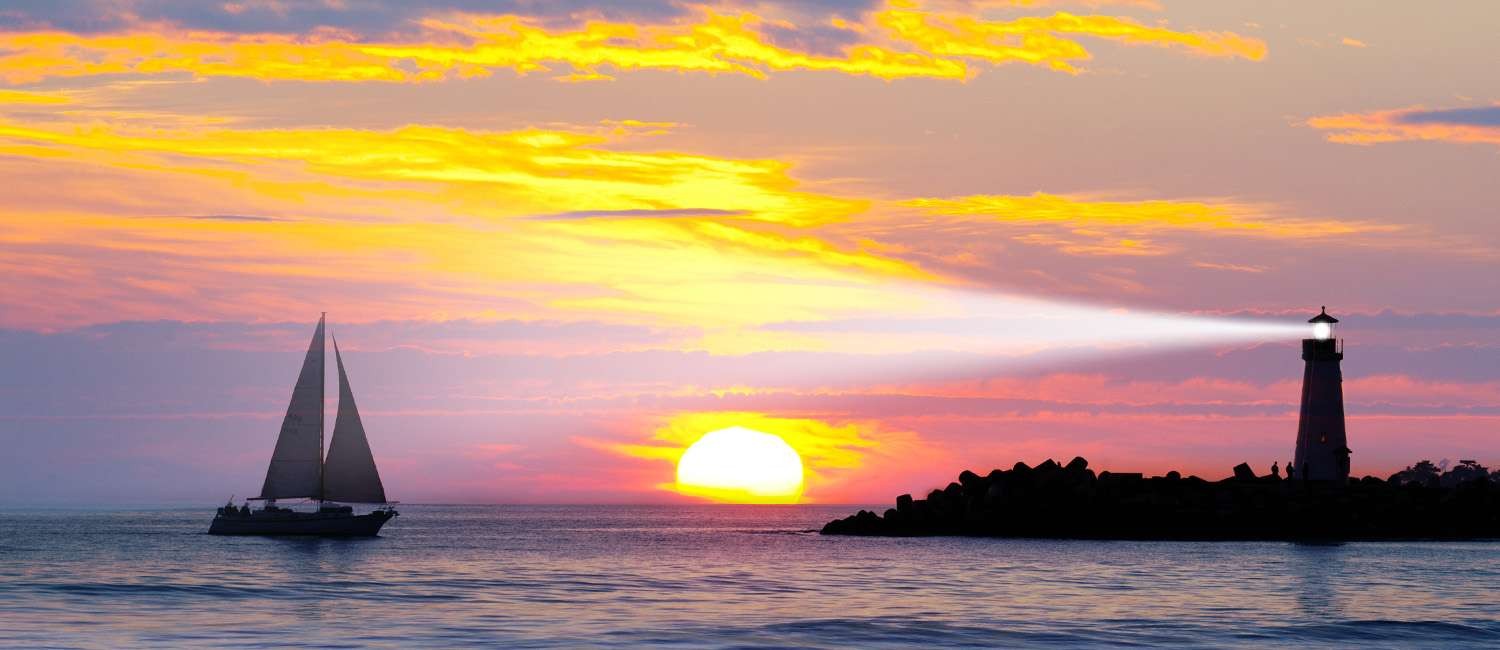

Summer temperatures will be hotter than normal, with generally above-normal rainfall. April and May will be slightly cooler than normal, with rainfall below normal in the north and above normal in the south.

The stormiest period will be in late December. The coldest temperatures will occur from mid-December into mid-January, in mid-February, and in early March. Winter will be warmer and drier than normal, with below-normal mountain snows. Staff writer Jason Green contributed to this report.Enter Your Location Annual Weather Summary People need to be mindful of any outdoor activities - it doesn’t take much for a fire to start in these kind of conditions.” We’re not expecting significant fire threat across the Bay Area, but you don’t want a spark to start a fire. “You can see all the vegetation has dried up as it usually does this time of year. Tuesday, there had not been any major wildfires reported in the North Bay. The fire concern was the greatest across the North Bay hills, where the winds were the breeziest. Tuesday’s weather did not bring a critical fire threat because winds were not particularly strong, Gass said. Sixty percent of the state is mired in extreme drought, and 12% was in exceptional drought. Drought Monitor report, issued Thursday, showed that 97% of California and the entire Bay Area is in a state of severe drought or worse. By next Tuesday, areas such as Concord, Livermore and the Santa Clara Valley may be back into the 80s.Ĭooling centers were open for those seeking reprieve from the heat in Santa Clara and Contra Costa counties. San Jose and inland parts of the East Bay could see temperatures in the 90s through Friday. The high temperatures are expected to linger for a few days, dipping by the end of the week. “But obviously, we’re watching it closely, because those thunderstorms and lightning without rain can have a high impact.”ĭry lightning caused approximately 650 wildfires that burned at least 1.5 million acres across Northern California in August 2020. “The chances of them developing at this point are probably only about 10-15 percent,” Gass said. Climate expert Daniel Swain via social media said the system is expected to cut a swath through Central California but that the potential for thunderstorms was decreasing. Gass said dry lightning was most likely in the southern Sierra Nevada. The better news for the Bay Area region is that it remains uncertain whether any dry lightning will make it this far north. Even if the rainfall hits the surface, it’s usually disconnected to where the lightning actually strikes.” “It’s a very difficult thing to forecast where and when that might be,” Gass said.

#Weather santa cruz series
We are watching it.”ĭry lightning caused a series of fires that grew into a major Bay Area wildfire complex in 2020 and sparked red-flag fire warnings again in 2021. I wouldn’t call it an electrical storm, but I would call it a possibility of isolated strikes. “That could create lightning with no rainfall associated with it. “As it does, a lot of rainfall that (the system) could create will go away before it hits the ground,” he said. Warm weather is expected across the Bay Area for the remainder of the week. Crown Memorial State Beach on Tuesday, June 21, 2022, in Alameda, Calif. ALAMEDA, CA – JUNE 21: Visitors are photographed along the shoreline of Robert W. That moisture is likely to create thunderstorm conditions in the atmosphere above 15,000 feet, he added. Those temperatures all are expected to go down by an average of 7-12 degrees Wednesday - the Bay Area’s high spots are expected to reach the mid- to high 90s - in part because of declining air pressure.Ī “very weak area of low pressure” off the central California coast was pulling in moisture from a system in the southern desert, weather service meteorologist Roger Gass said Tuesday.


 0 kommentar(er)
0 kommentar(er)
